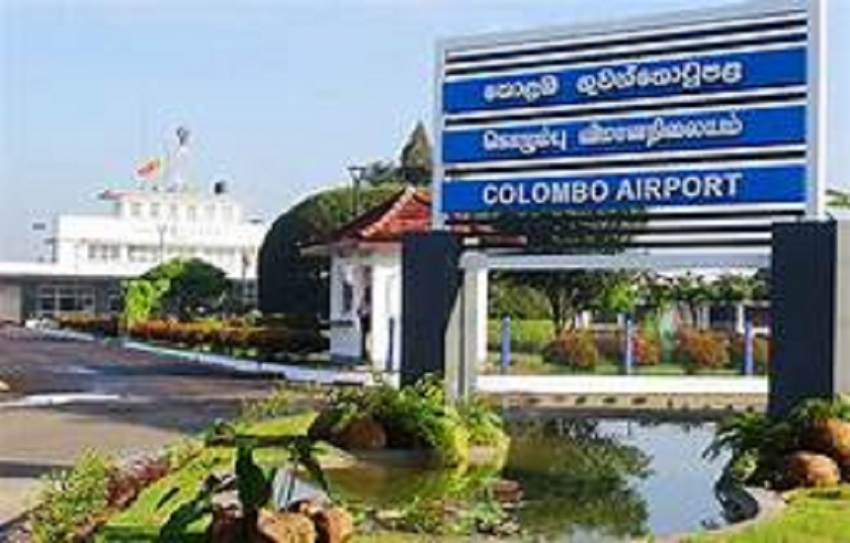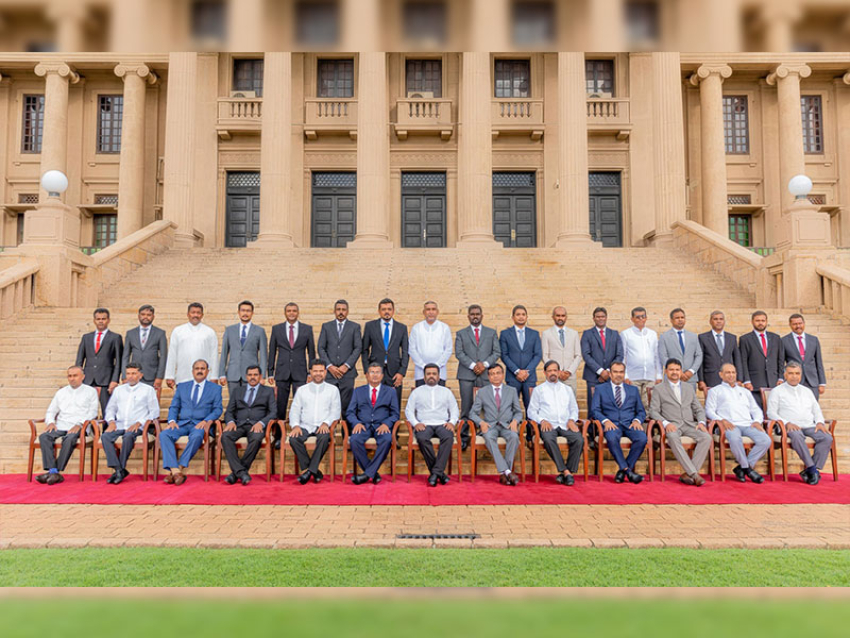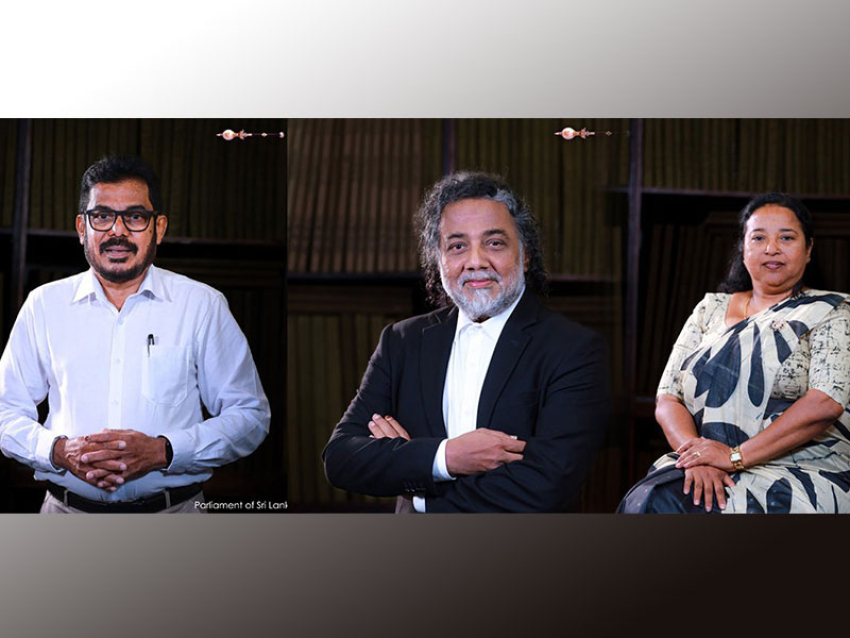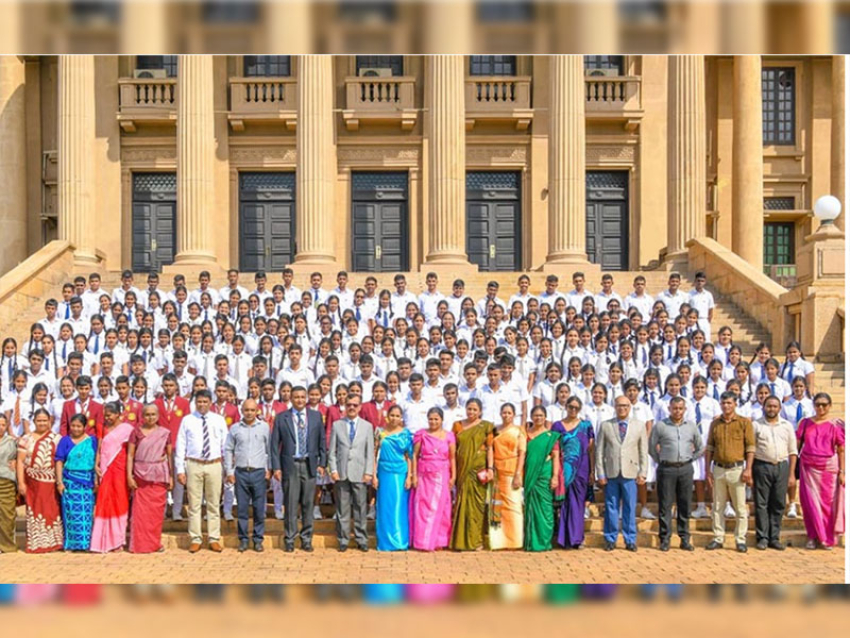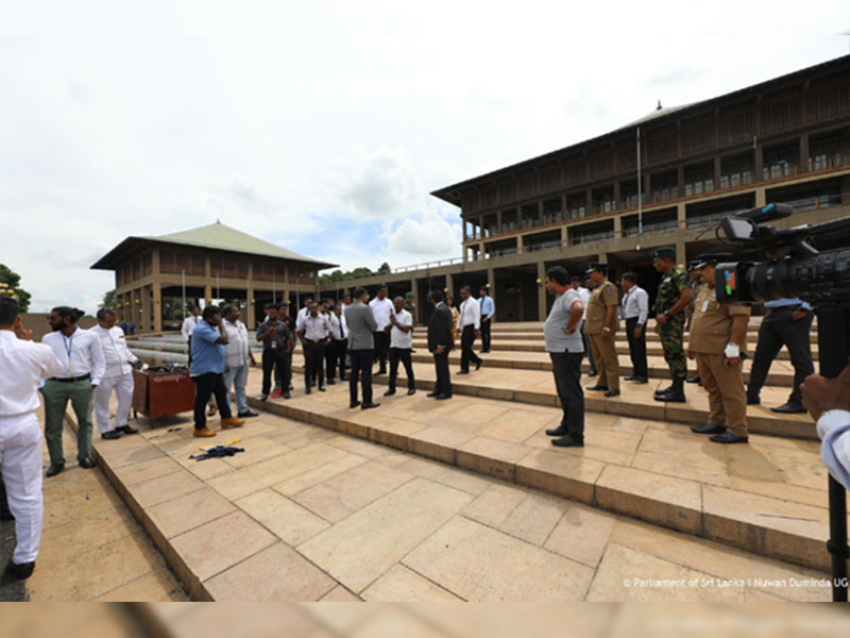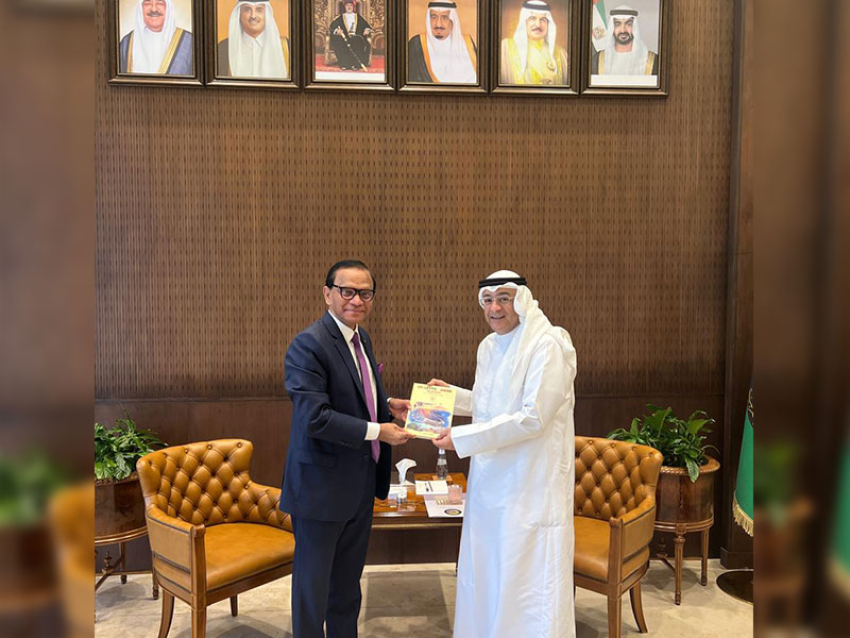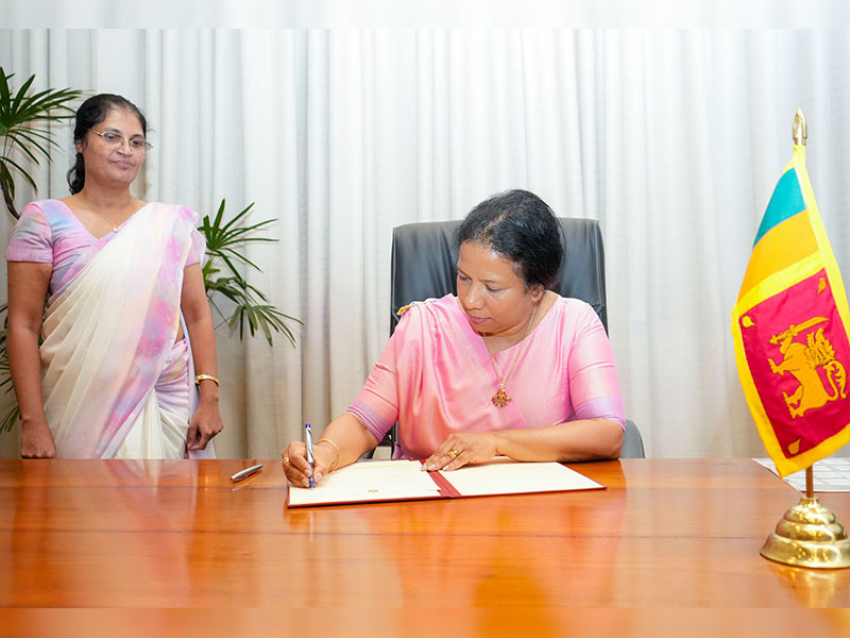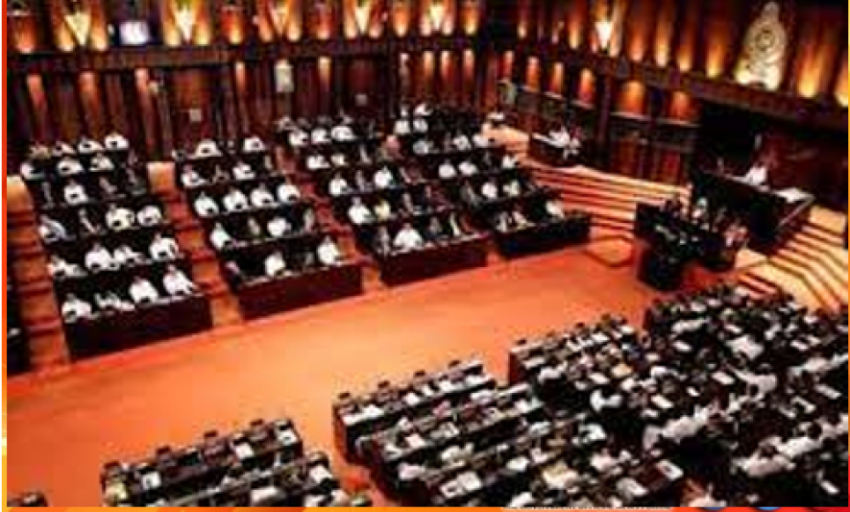The facility would also allow for Sri Lanka Air Force (SLAF) operations to continue on the ground including the use of the runway; however, the military would be separate from the civilian traffic.This would ensure that three more hangars previously occupied by the SLAF and one two storied building and a terminal building would be under the administration of the AASL, he explained.
At present the AASL has six hangars and the three additional ones that are larger in size would amount to a total of 75,000 sq. ft. area space. The land area is almost 25 acres that includes the apron and the grass patch as well, Mr. Rajapaksa said. Arrangements are underway to ensure that one hangar that is relatively larger in capacity would be allocated for a fixed based operator and the other two hangars would be used to attract more international corporate jets, he said.
The two-storied building would be used for administrative requirements of domestic airline operators. At present there are nine domestic airline operators.Once the places are reserved the tendering process or procurement process would commence to allocate the hangars that is expected to increase the aircraft traffic as well, Mr. Rajapaksa noted.
Within the next six months they expect an increase from the existing 70 aircraft movements per day to about 90 per day. This would be inclusive of the SLAF traffic as well.Moreover, he noted that previously there existed only one taxiway for use but now the training students could have access to both taxiways that would increase efficiency levels as well.
The Ratmalana Airport is currently receiving about five international aircraft movements (per month) that is expected to continue in the future in addition to the surge in volumes as well.Currently air traffic is mainly generated from India, Thailand, Singapore and Switzerland and some of the largest corporate jets have the capability of landing at the facility namely the Global 6000 corporate jets with a seating capacity of 20 passengers.
The Ratmalana Airport will be handed over to civilian operations this month, establishing clear cut demarcations as per civil aviation requirements and after upgrading facilities with an investment of Rs.825 million.In two weeks’ time the Ratmalana Airport will be officially handed over by the Civil Aviation Authority (CAA) to the Airport and Aviation Services Ltd. (AASL) allowing for clear demarcations between the civil and military operations at the facility, the airport’s Manager Aruna Rajapaksasaid. Equipment upgrade, administration complex including the Air Traffic Control (ATC) tower through an investment from the AASL.The manager pointed out that the key advantage of the current change in the structure of the airport is that it would ensure there is a clear cut demarcation between the military and the civilian operations at the facility.


